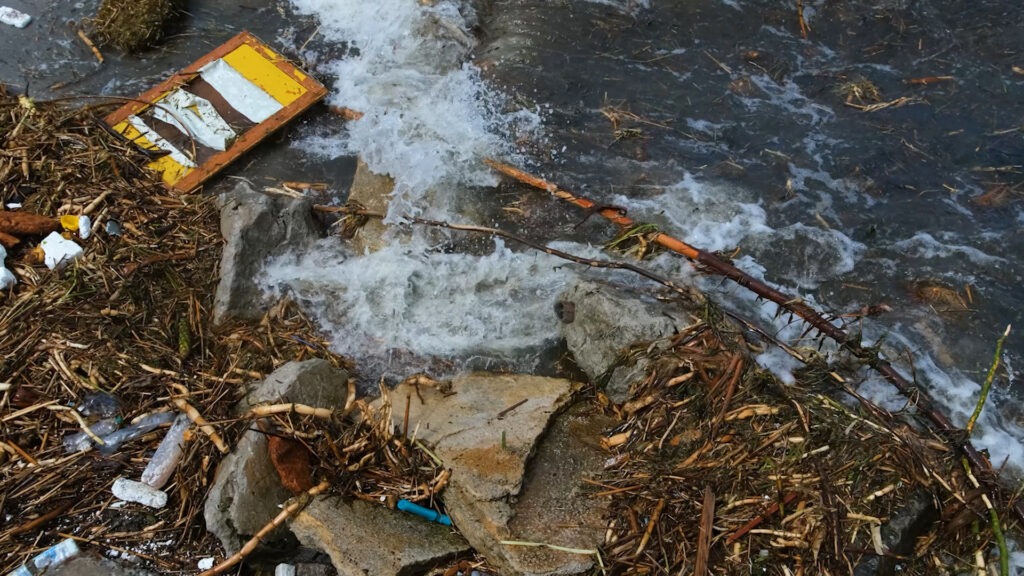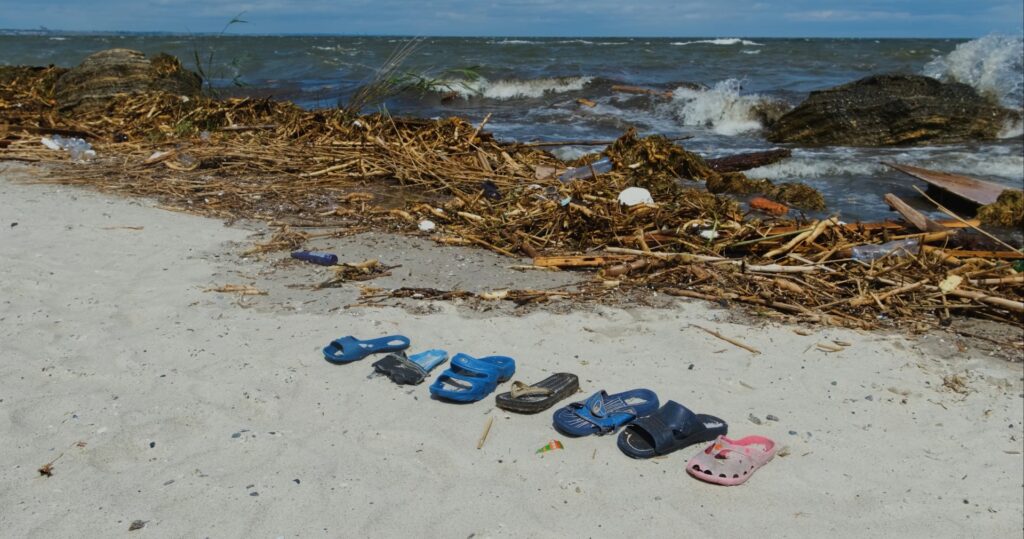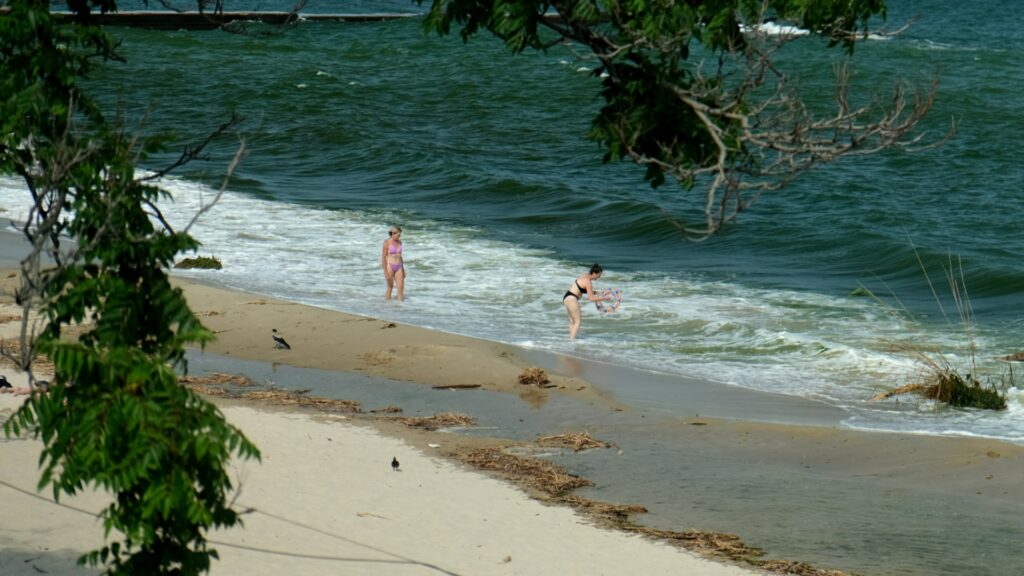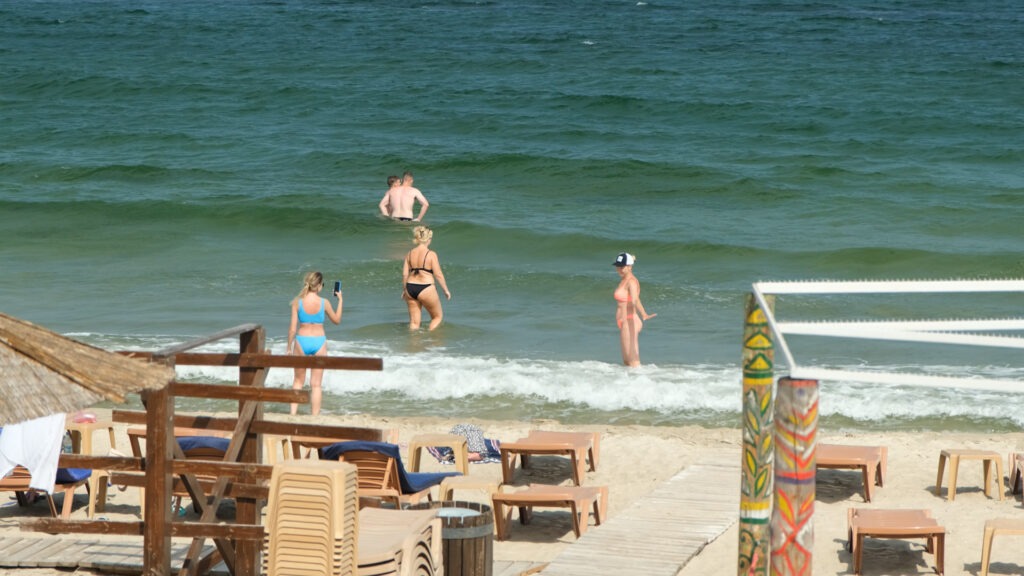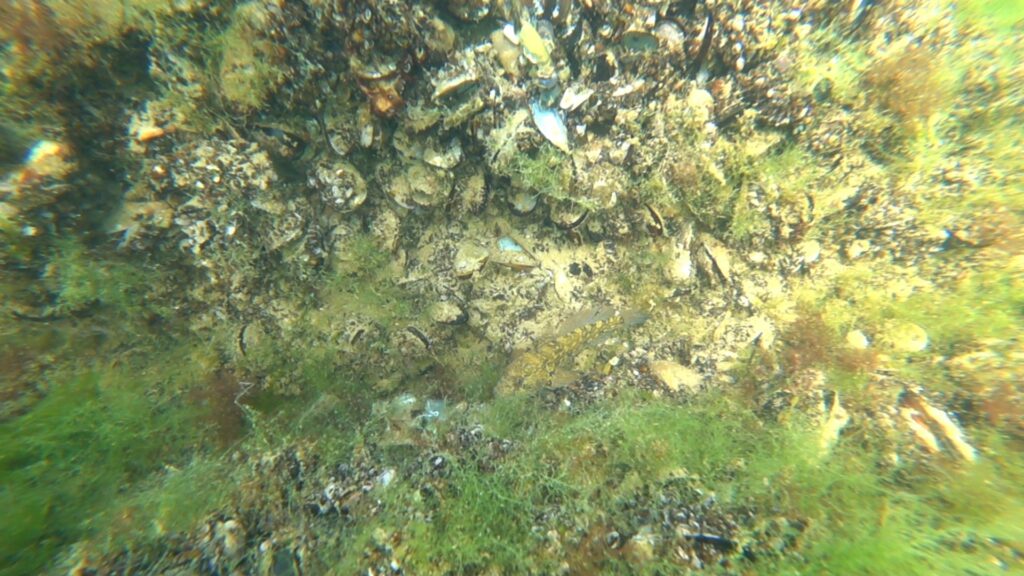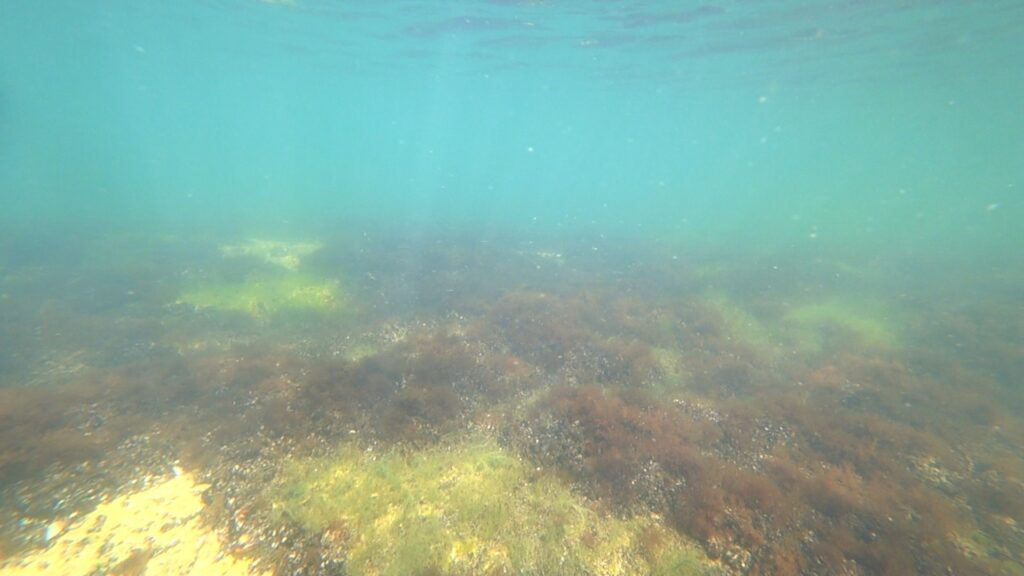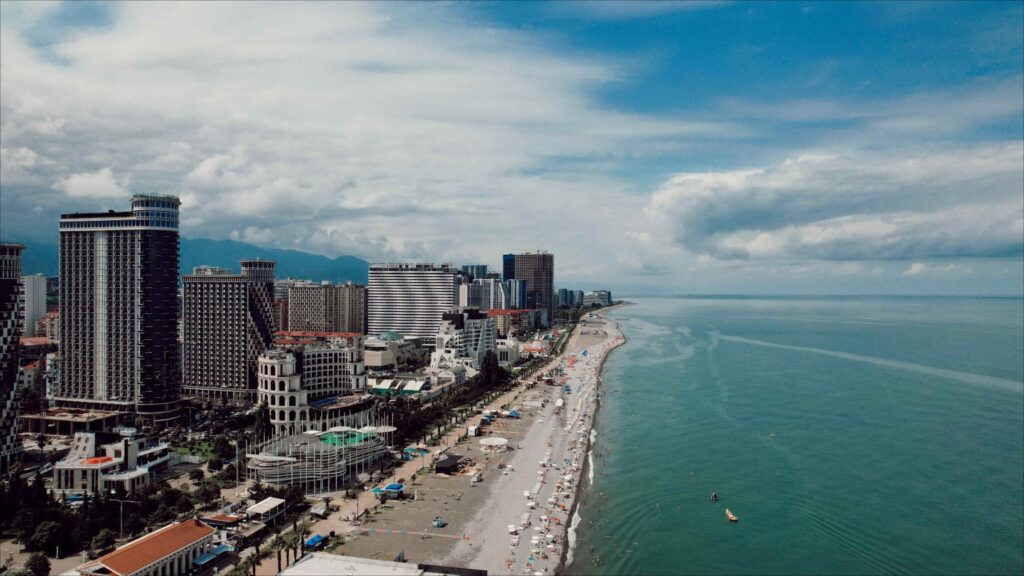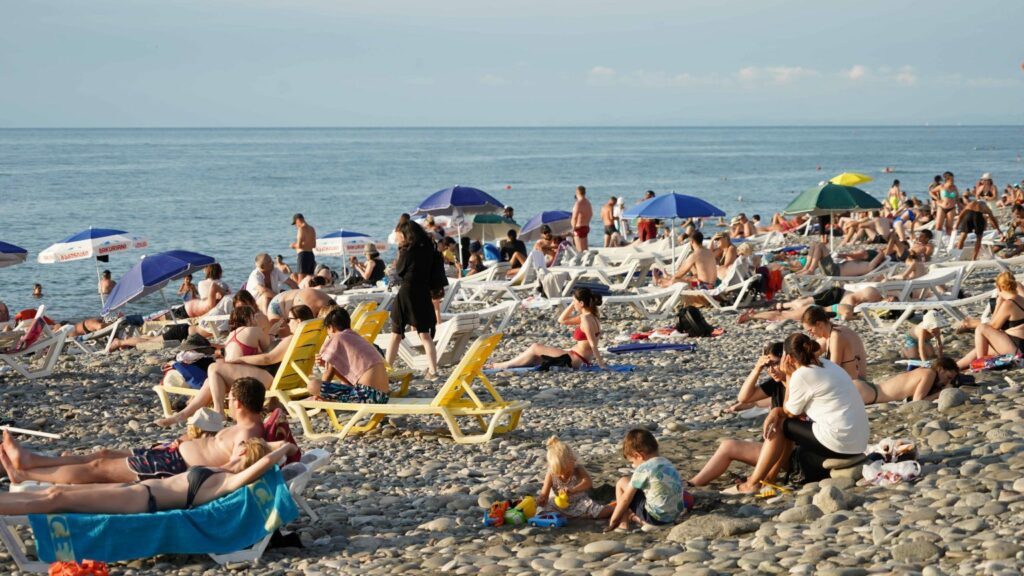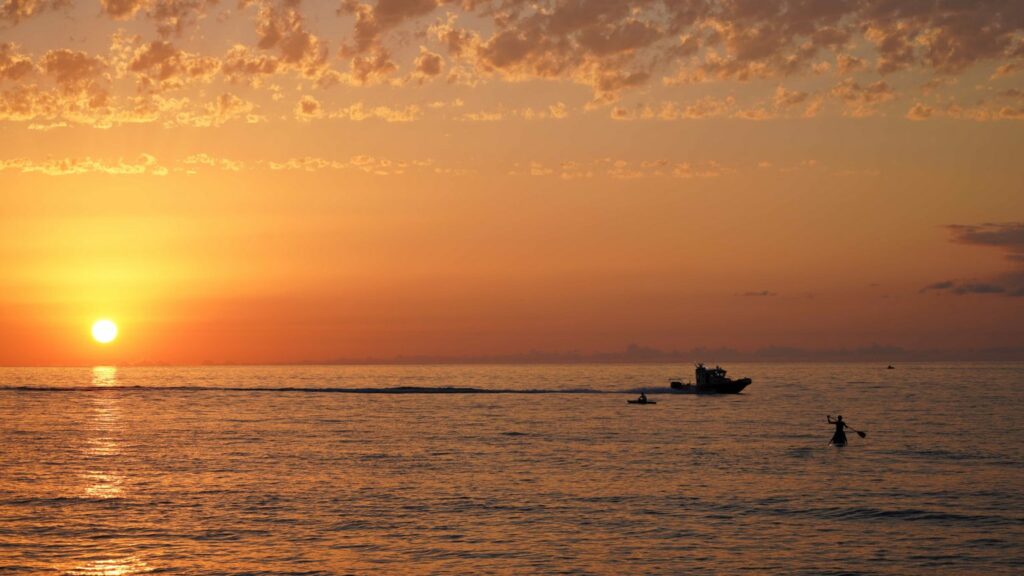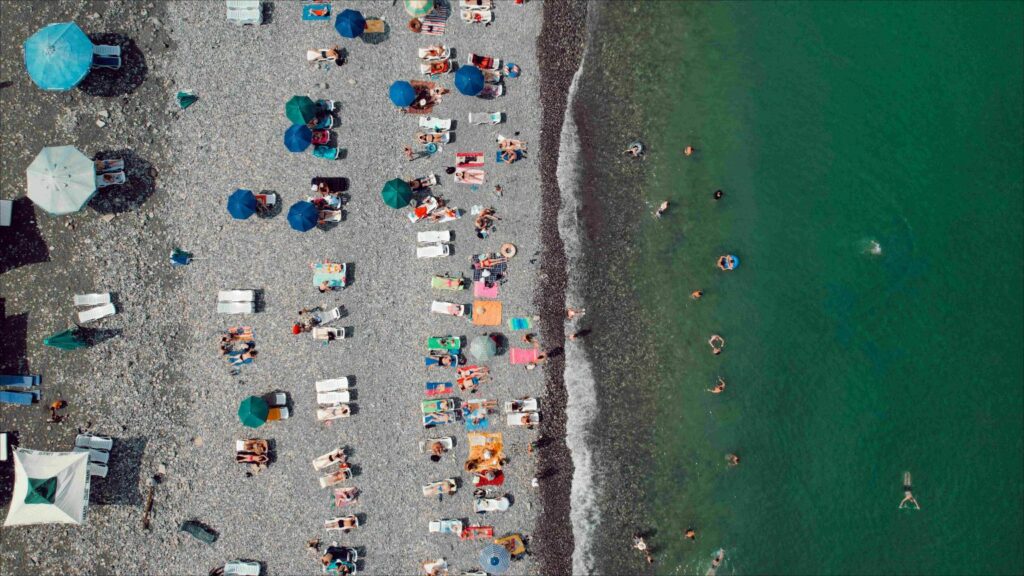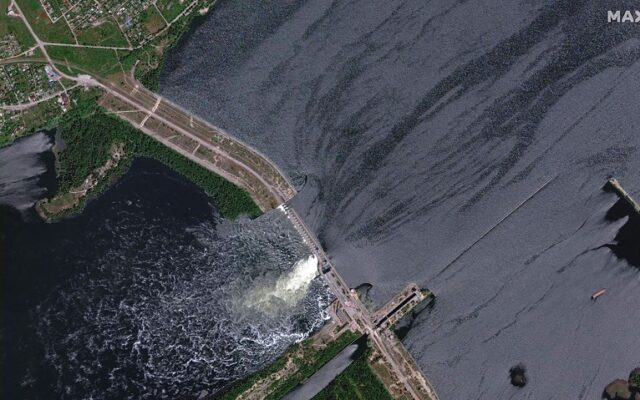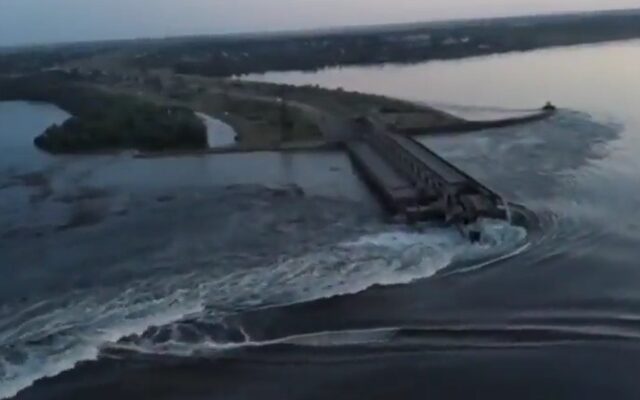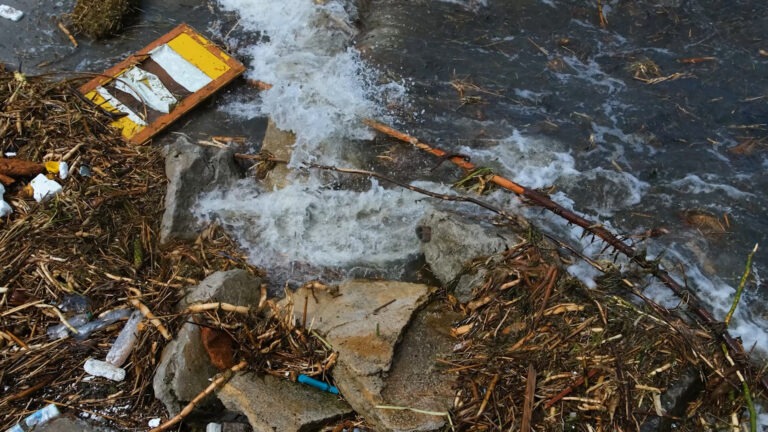
PHOTO GALLERY Transborder coverage Ukraine-Romania-Georgia-Bulgaria/ How the Kakhovka dam breach devastated ecosystems of the Black Sea
The man-made destruction of the Russia-occupied Nova Kakhovka dam in southern Ukraine in June unleashed a massive flood, which killed hundreds of people, sent tens of thousands on the run, killed as many animals, and had far-reaching consequences for the entire Black Sea and its coastlines. The environmental catastrophe exacerbated the humanitarian crisis in a region already affected by Russia’s war against Ukraine. From actions on the battlefield to the agricultural sector and tourism, the dam breach added another layer of insecurity to the Central and Eastern European complex geopolitical landscape.
Urmărește cele mai noi producții video G4Media
- articolul continuă mai jos -
— The coverage below, put together by Free Press for Eastern Europe —
In an extensive transborder reporting project, four newsrooms from four countries in the Black Sea region were involved to maximize the best regional expertise and address the onslaught of confusing, speculative and false information about the fallout from this man-made catastrophe. Journalists from Ukraine (Novyny Donbasu), Romania (G4Media), Bulgaria (Nauka) and Georgia (Jam News) worked together in partnership with Free Press for Eastern Europe to investigate the impact of the dam’s destruction on marine life, water quality, and human health.
Based on assessments by public officials, activists, and researchers, the project dives into both the immediate and long-term consequences of the disaster and evaluates the biggest risks for local communities. In this brief overviews, we highlight the most valuable takeaways from the work of our partners to offer insights into how the wave of destruction can fundamentally reshape affected areas in the near future.
Environmental consequences
The breach resulted in flooding that carried numerous pollutants, significantly impacting water quality, marine life, and human health. The primary concern was contamination caused by floodwaters. Ukraine’s Minister of Health, Viktor Lyashko, warned of „significant fecal contamination,” advising against using or swimming in affected water bodies due to the risk of infectious diseases. Industrial pollution also occurred as several chemical and petrochemical plants were submerged, releasing pollutants into the water. The polluted waters flowed into the Black Sea through the Dnieper estuary, prompting bans on swimming and fishing in the Odessa region. Testing revealed the presence of various contaminants, including salmonella, rotaviruses, cholera vibrios, and excess levels of fecal coliforms.
Furthermore, the massive influx of freshwater reduced the sea’s salinity in the northern Black Sea, negatively impacting local fauna and flora. The diluted water was deadly to marine organisms, resulting in significant mortality among species like mussels. “Today, it is necessary to find out how many mussels and mussel colonies have died in our country. Because what is near the coast in a hundred-meter zone – we see, but what is further – we still do not know. I really dived further, and I saw that somewhere around twenty percent died at a depth of somewhere up to 5 meters. Near the Odessa Bay, the depth was somewhere up to fourteen meters. And we still need to find out what is happening in other areas,” notes Odessa eco-activist and representative of the public organization „Green Leaf” Vladislav Balinsky. According to him, the colony on the breakwater suffered the most, about 50% of the mussels died off the coast. The long-term ecological consequences of the breach remain a concern, as the pollution combined with decreased salinity could disrupt the fragile balance of the Black Sea ecosystem and affect marine life for years to come.
Desalination, removal of nutrients, flowering – this is all one process in which it is difficult to single out something. The section of the Black Sea from Cape Adzhiyask to Severo-Odessky Cape suffered the most. It was there that scientists recorded the largest amount of garbage and the most significant desalination. Researchers are talking about the death of eggs and fry, as well as those small species that cannot go into depth. “Desalinated water came at the moment when it was spawning. And if the fish can swim away from the shore, then the fry and caviar will not „run away.” There was a death of fry caviar. The fish will then return again, it will spawn again. But there was a shift in the structure of the ecosystem,” notes marine biologist Yuri Kvach, leading researcher of the Institute of Marine Biology of the National Academy of Sciences of Ukraine.
Responses and Mitigation Measures
In response to the environmental and conservation consequences of the breach, various organizations and authorities have taken rapid measures to ensure the safety of affected populations, marine life, and the environment. The World Health Organization (WHO) initiated the swift delivery of medical supplies to address health issues arising from the disaster and contamination.
Bulgarian and Romanian organizations closely monitored the Black Sea’s water quality, with extensive monitoring along the European coastline. Results indicated acceptable levels of heavy metals, polycyclic aromatic hydrocarbons, and other elements set by the European Union. The Black Sea Basin Directorate in Varna conducted regular monitoring, sharing analysis results on its website. While higher nitrogen and copper levels were detected in some places, other element levels and microbiological monitoring remained within norms.
Beyond monitoring, authorities implemented measures to protect marine life and the environment. Swimming and fishing bans were enforced in the Odessa region to prevent the consumption of potentially contaminated fish. Efforts were also made to remediate floodwater-induced pollution and restore affected ecosystems. Collaborative efforts between various organizations and authorities, including international groups, played a crucial role in mitigating the flood’s consequences and ensuring the safety of marine life, human health, and the environment.
Analysis and Expert Opinions
Expert analysis of the aftermath of the breach reveals a range of perspectives. Nikolay Valchev from the Institute of Oceanology, Bulgarian Academy of Sciences, highlights slow pollution movement along the Bulgarian coast due to strong winds.
According to the director of the Institute of Oceanology at the BAS, Assoc. Nikolay Valchev, strong winds are currently pushing pollution to the coast. According to him, in this way, it will be very difficult and slow for the pollution to reach the Bulgarian coast. „It would be a problem if the pollution entered the main Black Sea current, which is a jet stream and covers the entire Black Sea,” explains Prof. Valchev to Radio Free Europe/Radio Liberty, adding that this is unlikely at the moment.
On the other hand, Adrian Stanica of Romania’s GeoEcoMar emphasizes the greatest environmental impact will be near Odessa and the Dnieper mouth, decreasing with distance.
Violin Raikov, a researcher at the Bulgarian Academy of Sciences, indicates that extensive monitoring along the Black Sea coast shows pollutant measurements within EU norms, with the Danube acting as a natural barrier against pollution reaching Romania. “A large number of organizations (including foreign ones) constantly monitor for pollutants in seawater and there is simply no way to hide or miss the serious pollution of our Black Sea. For two months since the accident, measurements have been taken, in which nothing wrong is observed, the data from them are clear and categorical and are published freely on the website of the Ministry of Internal Affairs and Communications, for anyone who wants to follow their update,” adds the expert.
Dimitar Berov, a marine ecologist, assures that panic is unnecessary as pollutant concentrations decrease southwards, posing minimal risks to health.
Georgia’s Ministry of Environmental Protection asserts the Black Sea’s waters near their coast are safe based on official studies. However, experts note that the polluted water’s impact would persist near Odessa and the Dnieper’s mouth, while further-reaching effects would be considerably diluted. Collaboration among Black Sea nations is essential for comprehensive monitoring and response.
Explosion Near Romania Resort
On the morning of August 14th, an explosion occurred near the Romanian resort of Costinesti, caused by a sea mine. The explosion serves as a reminder of the ongoing conflict in Ukraine and its potential consequences for the Black Sea region.
“Historical misfortune means that we are now witnessing an ecocide also in the neighboring country, following the Russian invasion. Obviously, the impact of war on people is disastrous – and we must always think about this. But the environment is also affected in all possible ways. Forests, natural areas, are war zones, and fighting and explosions take lives and destroy the respective ecosystems. All explosive substances, fuels and other products resulting from combustion pollute the air, surface and groundwater, in particular the sinking of some ships in the sea also has an impact on water quality, and the explosions also affect the marine fauna”, said Adrian Stănică, director of the National Institute of Marine Geology and Geoecology in Romania – GeoEcoMar.

Donează lunar pentru susținerea proiectului G4Media
Donează suma dorită pentru susținerea proiectului G4Media
CONT LEI: RO89RZBR0000060019874867
Deschis la Raiffeisen Bank



